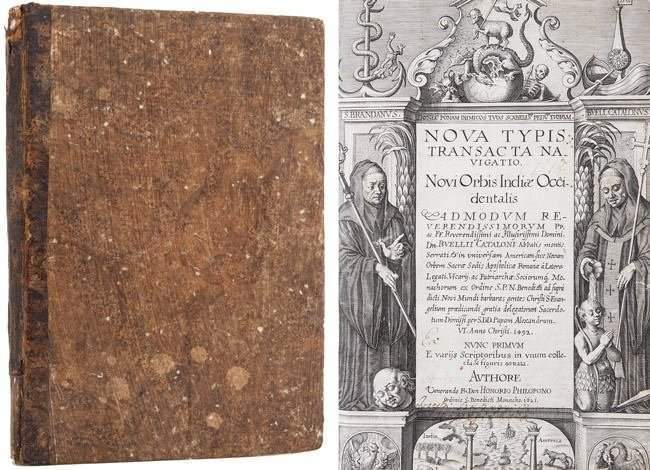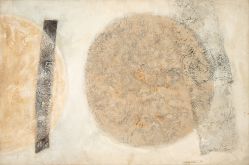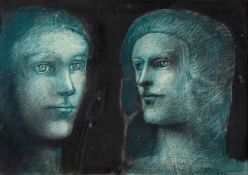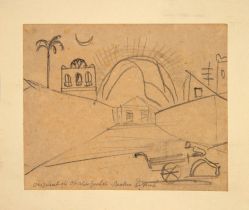
Lote
Livro
Nova Typis Trasacta Navigatio, Novi Orbis Indiae Occidentalis - Authore Honorio Philopono. Plautius, Caspar Linz - 1621
Hardcover Book Condition: Very Good. Small folio [30 x 19 cm] engraved title (6) ff., including emblematic "owl" plate, 101 (3) pp. , including one full-page of woodcut diagrams, and with 18 consecutively numbered plates, the first (of Columbus) signed Wolfgang Kilian. Total of 19 plates.Bound in contemporary Austrian vellum, emblem of Saint Benedict on front cover, arms of the author as Abbott of Seitenstetten on rear cover. Release stamp of Austrian State Library on 2v. Minor finger soiling in outer margin of title, and light even toning throughout. Aeg Otherwise, genuine copy, with the plates in fine impression. Scarce first edition and fine copy bound in what must be a presentation binding with the image of Saint Benedict stamped on the front cover and the arms of the author stamped on the back cover. The work is one of the more fanciful illustrated chronicles devoted to the new world published in the early decades of the 17th century, by the Benedictine Plautius, and a widely-read addition to the developing mythology of America in 17th century Europe. Riding the coattails of the success of the De Bry volumes, which the author attacks in the course of plagiarizing, Plautius has the more particular aim of celebrating the participation of the Benedictine Bernardo Buil, Apostolic Vicar of the New World and the first missionary to travel to America, along with a dozen monks on Columbus Second Voyage. In part a public relations effort on behalf of the Order, much besieged during the Counter-Reformation, the work compiles disparate relations, Benedictine and others (Léry on Brazil), and the iconography, probably by Kilian, largely reimagines scenes similar to those that appeared earlier in de Bry. The plates include a famous scene of St. Brendan celebrating Mass on the back of a whale, native Indians feasting on baby alligators, the usual battlescenes, cannibalism and exotica (chrysanthemum, pineapple, potato, and Indian chief smoking). Abbot of the Benedictine monastery of Seitenstetten in Lower Austria, Plautius is thought to have signed the work with the nom de plume Philoponus in order to dedicate the fulsome dedication to himself. For what was essentially a private production, the works sensational plates won it a wide audience, and it received another edition the same year, though the chronology between the two remains unknown: the other edition contains one less plate and lacks the self-contained section on the magnet present in that offered here. *JCB II.156-6; Sabin 63367; Arents, Additions, V.201; Alden-Landis 621/100; Harisse, Columbus, p. 36; Binding: Siebmacher I, Abt. 5, II, p. 7.
Veja também

Novidades do Leilão de Arte!
Seja o primeiro a receber a agenda dos próximos leilões, exposições e novidades de acervo.
Ao assinar, você concorda com a nossa política de privacidade.














